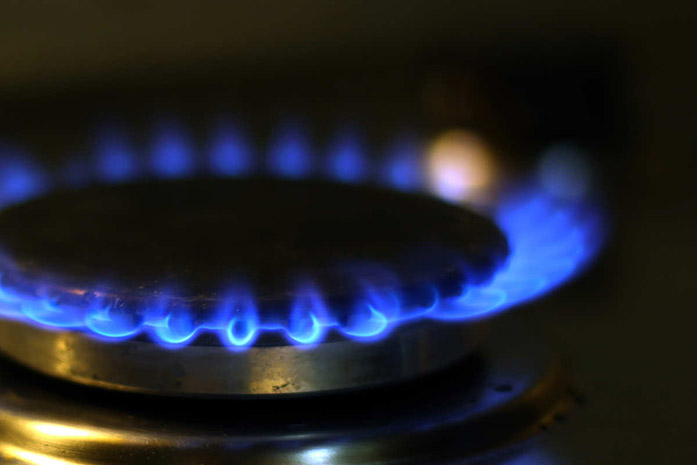L
ast week, the White House issued a report requesting safer natural-gas storage for the 400 and more wells across the United States.
According to NPR, this report comes following the leak in Porter Ranch, a Los Angeles neighborhood about a year ago, the largest methane release from such a storage facility in U.S. history. Roughly 8,000 families were displaced with various symptoms related to the leak, and the facility’s operator, Southern California Gas Co., was unable to seal the well until February. Four months after the leak was first detected.
That a well could go on leaking for four months is inexcusable.
Natural gas is an important source of energy, and that much of the natural gas used in the United States is produced here makes it an even more valuable asset.
Trevor Houser, an analyst for the Rhodium Group and a key energy adviser for the Clinton campaign, said the campaign views natural gas as an important “bridge fuel,” according to Vox. That is to say, the fossil fuel is a cleaner alternative to coal but is definitely not the end goal for energy consumption. For that, we have renewable solar and wind energy.
But the transition to renewable-energy sources will not be achieved easily. Moving a power grid entirely away from non-renewable sources — upon which the majority (90 percent of U.S. energy consumption comes from non-renewable sources) is based — will prove very difficult.
In an ideal world, the current presidential administration would be able to immediately stop funding non-renewable fossil fuels and begin investing every energy dollar into renewable sources from within the country. However, this is beyond unrealistic.
First of all, dependence on foreign oil has been rapidly decreasing and is now at a 40-year-low, according to the website for the White House. But, the United States is not entirely energy-independent, and switching away from this level of foreign dependence could not occur overnight. Even the most aggressive of realistic plans involve a very gradual shift over several years, if not decades.
The day will come, however, when renewable internally produced energy is the primary source of energy for the United States (if not the only source). But until that day comes, natural gas is a slightly cleaner alternative for meeting the United States’ heavy energy demands.
If we hope to continue to use this source, then it is necessary that some care must be given to maintaining the infrastructure necessary to keep it viable.
The Obama administration’s task force has proposed 44 recommendations concerning the integrity of these storage wells and better coordination between the gas and electric industries that have become more interdependent, according to NPR.
As the report cites, 80 percent of the wells in U.S. gas storage fields were built in the 1970s or earlier, and many were simply converted from oil-production storage.
Ultimately, the United States will have to move on from natural gas as it is (ever-so-slowly) moving on from fossil fuels. But in the meantime, everything must be done to protect U.S. citizens from the harmful effects of gas leaks.



